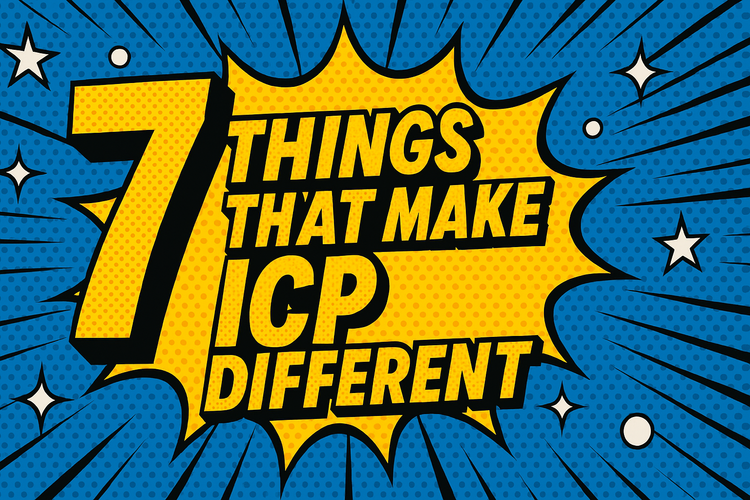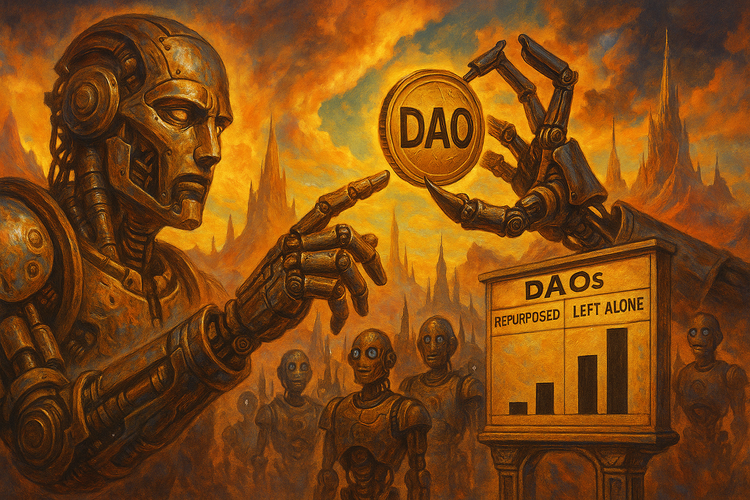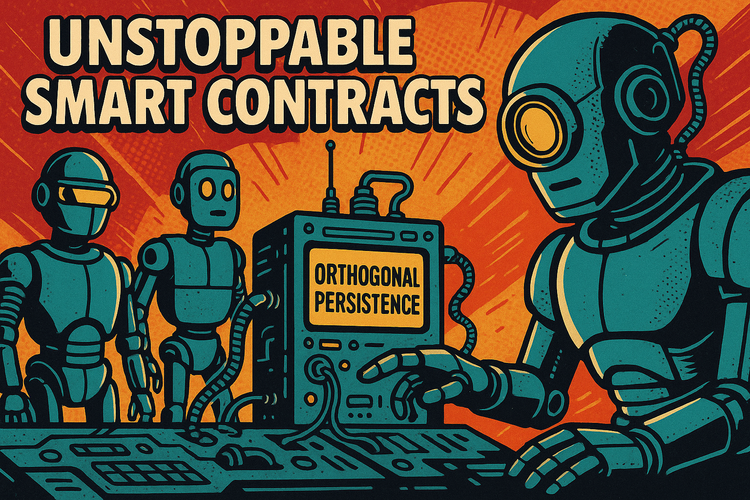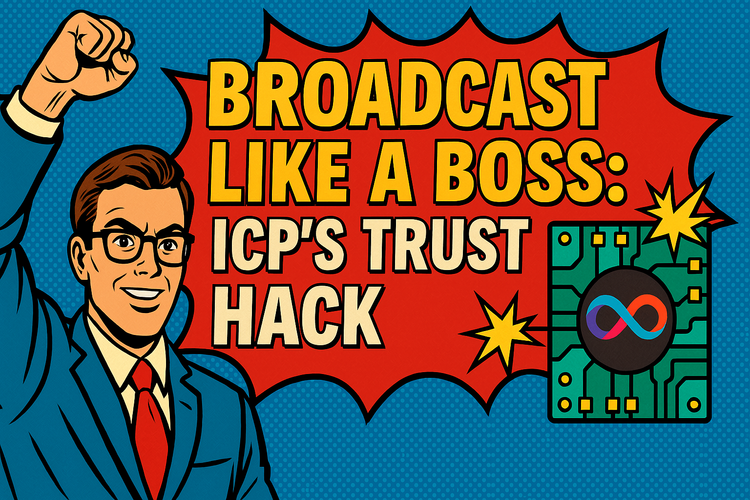Shards & Shiny Math: How ICP Is Rethinking Blockchain Scalability
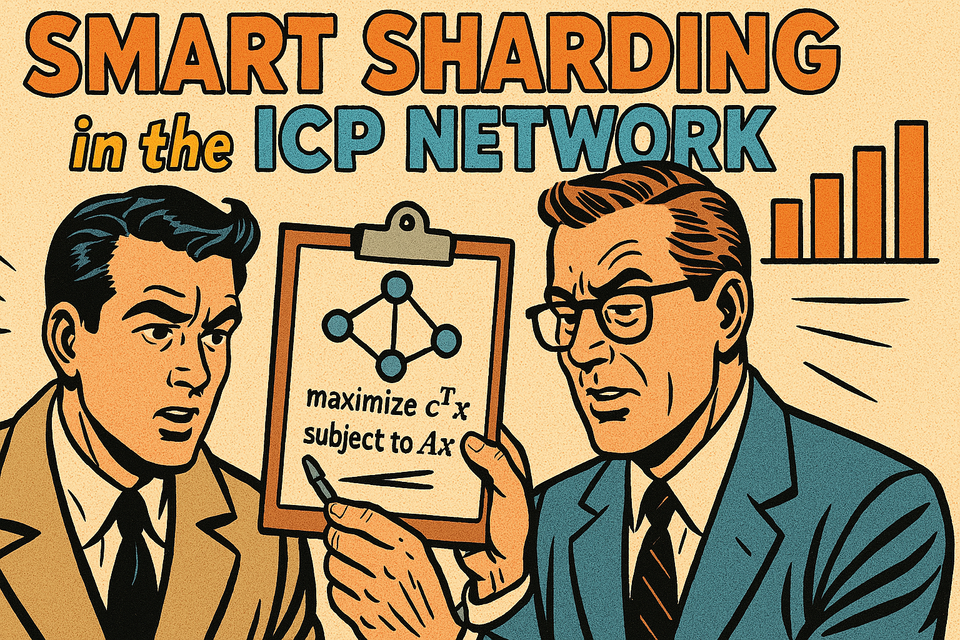
It started with a PDF.
I (Notoko) stumbled across this gem of a paper: Advancing Blockchain Scalability: A Linear Optimization Framework for Diversified Node Allocation in Shards by Björn Assmann and Samuel J. Burri — two heavy-hitters at the DFINITY Foundation.
And let me tell you: this isn’t just some fluffy crypto op-ed about "scaling is hard." Nope. It’s a math-fueled strategy guide for slicing up blockchain networks in the smartest way possible.
Let’s unpack it. Not with a PhD… but with some Notoko sauce.
Act I: Why Sharding Matters (a Lot)
Every blockchain dreams of being fast and decentralized. But when everyone and their cat needs to verify the same data, things get sloooow.
Enter: sharding. The idea? Split the blockchain into pieces (shards), so each set of nodes only handles a portion of the total transactions.
Boom. Parallelism. Throughput. Go brrr.
But wait — what if all the nodes in one shard are buddies? Or run by the same company? That shard could be taken over.
So sharding, without smart node allocation, can create new problems.
Enter this paper.
Act II: The Nakamoto Coefficient Gets an Upgrade
Assmann & Burri take decentralization seriously. Like, spreadsheet-seriously.
They use the Nakamoto Coefficient — the number of entities you’d need to control 33% of a shard — to measure decentralization. The higher the number, the better.
But they don't stop there. They look at multiple characteristics:
- Node owner
- Data center
- Data center provider
- Country (!)
- Hardware type
Their model lets you say: "Hey, I want no more than 2 nodes from the same country per shard" or "Only 1 node per data center per shard."
You can get fancy. You can get paranoid. The model handles it.
Act III: Optimization, But Make It Practical
Instead of guessing or relying on vibes, the authors use linear optimization to find:
- The fewest new nodes needed to meet decentralization goals
- Or, how to rearrange current nodes to get better decentralization without adding more
They even tested it on real-world Internet Computer (ICP) data:
- 751 nodes
- Shards sized for different roles (like the NNS shard for governance)
- Targets like “Shard Limit 1” (each node unique!) and "Hybrid Shard Limit"
The model figures out how many nodes need to be onboarded, and from where. It’s decentralization with a spreadsheet and a laser pointer.
Act IV: Nerdy? Yes. Necessary? Also Yes.
Why does this matter?
Because decentralization isn’t just a vibe. It’s a config. And this paper gives DAOs, protocols, and devs the tooling to quantify it.
The ICP community actually used this model to vote on network topology. Real DAO action. Not just governance theater.
Also: the entire thing is implemented in Python, open source, and can be forked. (GitHub)
TL;DR
If blockchains want to scale without becoming centralized zombie chains, they need:
- Smarter node allocation
- Ways to model decentralization across multiple variables
- Tools that balance resource usage and security
This paper delivers all three.
So yeah, the next time someone says, "Sharding solves scalability," ask them:
"Cool, but how are you placing your nodes, chief?"
Thanks to this research, ICP isn’t just sharding. It’s sharding with a plan.
Stay Notoko...
💡 Subscribe to Notoko Bytes for more crypto chaos straight to your inbox! 🚀

Want to feature your brand on Notoko Bytes or share your thoughts on this article? 🚀 Contact us at ctrascend@gmail.com for sponsored posts, questions & concerns !
Disclaimer
*The information and analysis provided in this article are intended for educational and informational purposes only and should not be considered as financial, investment, or professional advice. While our team strives to ensure the accuracy and reliability of the content, we make no representations or warranties of any kind, express or implied, about the completeness, accuracy, reliability, suitability, or availability of the information presented.
The content within this article may include opinions and forward-looking statements that involve risks and uncertainties. The blockchain and cryptocurrency markets are highly volatile, and past performance is not indicative of future results. Any reliance you place on the information presented is strictly at your own risk. Before making any investment decisions, we highly recommend consulting with a qualified financial advisor or conducting your own thorough research.
By accessing and using the information provided in this article, you acknowledge and agree that neither the authors, publishers, nor any other party involved in the creation or delivery of the content shall be held liable for any direct, indirect, incidental, consequential, or punitive damages, including but not limited to loss of profits, goodwill, or data, arising out of your use or inability to use the information provided or any actions you take based on the information contained within this section.*


